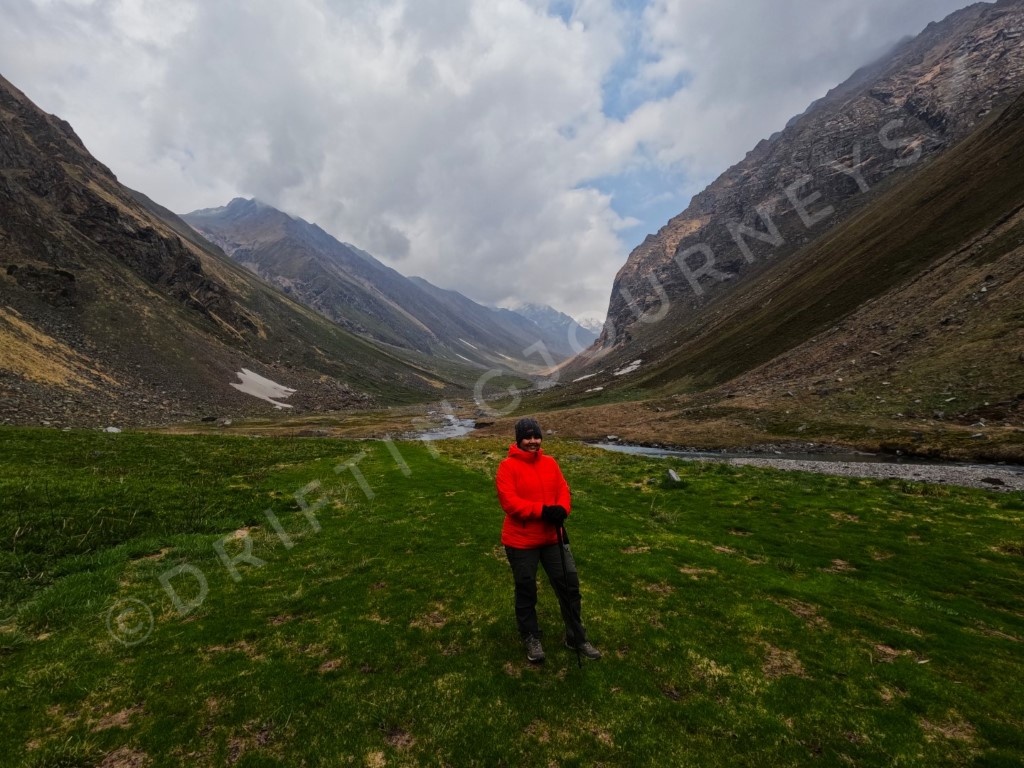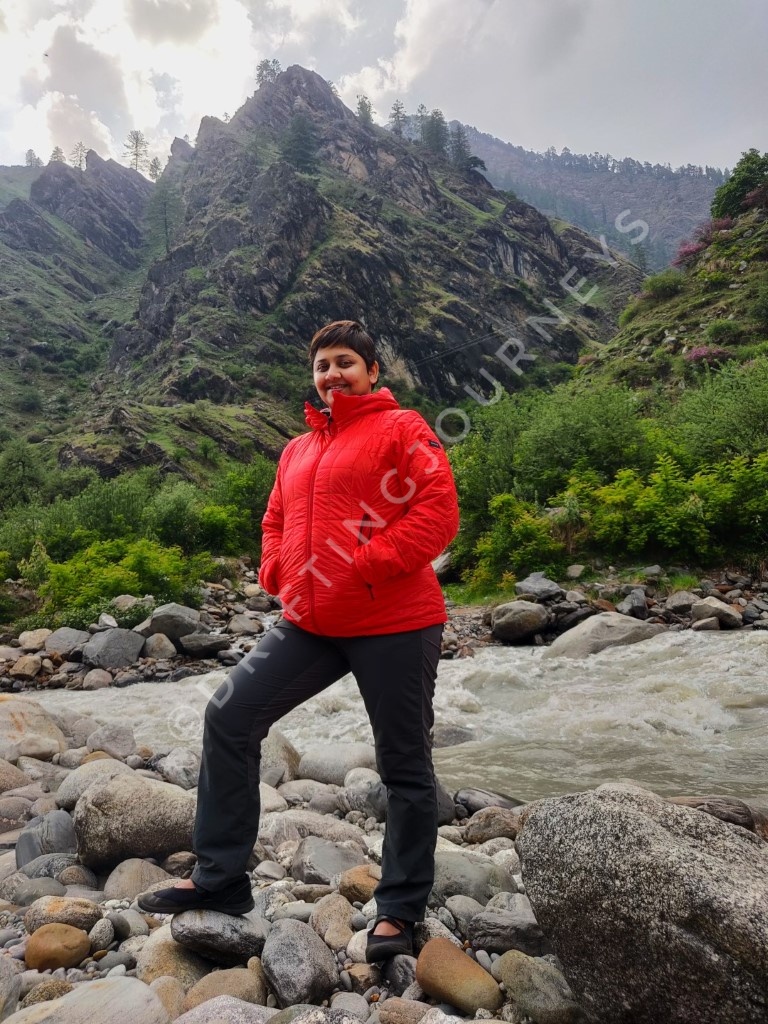Har ki Doon Hues: A Summer Adventure in Garhwal’s Tranquil Valleys
Introduction to Har ki Doon
The Har ki Doon trek is a captivating journey through the picturesque valleys nestled in the Garhwal Himalayas of Uttarakhand. Aptly named after the “Valley of Gods” in the local Pahadi dialect, this trek winds its way through remote villages perched amidst towering mountain peaks. From the moment you set foot on the trail, the melodious symphony of the Supin River and its many tributaries accompany you like a faithful companion echoing through the valleys until the day of summit. As you ascend to greater heights, be prepared to be spellbound by the awe-inspiring vistas of majestic peaks like Swargarohini, Kala Naag (Black Peak), and Bandarpoonch, each unveiling a spectacle of nature’s grandeur. Let’s embark on this unforgettable journey, where every step reveals a new chapter in the breathtaking tale of the Himalayas.

(Evenings at Sankri)
The Route Unveiled:
The journey begins at the quaint village of Sankri, serving as the base camp for the Har ki Doon trek. From here, a scenic drive leads you to Taluka village, where the actual hike commences.

(Drive from Sankri to Taluka)

(Day 1: Campsite right before Chirulgad)

(Walking along Supin river)

(The Seema bridge)

(View of peaks just before the campsite)










Embracing Pahadi Culture
Har ki Doon holds profound significance in local lore. Legend has it that the Pandavas traversed this very path towards Swargarohini, marking their celestial journey. While whispers suggest a temple dedicated to Duryodhan in Osla, locals refute such claims, affirming its allegiance to Lord Shiva. Cultural festivities are organised annually around this ancient Shiva temple, orchestrated by neighboring villages.
Pahadi hospitality is renowned for its warmth. Crossing villages along the trek, you’ll encounter friendly faces and everlasting smiles. While trek organizers oversee meal arrangements in camps, opting for homestays offers a taste of authentic Pahadi cuisine. Indeed, Har ki Doon extends the unique option of homestays instead of traditional tent camping.
Indulge in local delicacies like Lingdi, a wild vegetable, Rhododendron sherbat during the hot daytime hikes and Lugdi, a fermented rice beverage enjoyed recreationally. Don’t miss the chance to savor these cultural delights amidst the breathtaking beauty of the Himalayas.
How to plan you trek:
Planning your Har ki Doon trek is easy with various trekking organizations offering their services. Simply book your trek through one of these organizers for a hassle-free experience, as they handle everything from forest permits to food, accommodation, and porters.
If you prefer to trek independently, upon reaching Sankri, you’ll need to hire a local guide. Sankri serves as the base village for several other treks, including Kedarkantha, Rupin Pass, and Black Peak.
In Sankri, you’ll find numerous homestays, lodges, and hostel options to suit your accommodation preferences.
What to carry
Prepare your trekking essentials according to the season you’ll be embarking on. However, certain basics are essential regardless of the time of year. Refer to the guide below:
Your Complete Guide to Packing for Adventure
If trekking with organizers, tents and sleeping bags are typically provided. For solo trekkers, these must be carried along. Additionally, trekking gear can be rented affordably in Sankri.
Seasonal Considerations
Har ki Doon offers trekking opportunities throughout the year, barring the monsoon season when heavy rainfall and landslides impede access. The optimal trekking windows are from March to June and mid-September to December.
Mountain rains are notoriously unpredictable, typically occurring in the afternoon. Therefore, it’s essential to pack waterproof covers for both your bag and yourself to ensure a dry and comfortable trekking experience.
Exploring more
In Sankri, you can amp up the adventure with a thrilling zipline activity. If you’re craving even more excitement and have the luxury of extra time off, consider embarking on other treks that kick off from Sankri.
Reflecting on Har ki Doon
Amidst lockdown frustrations and pandemic fatigue, seeking solace in nature led us to the rejuvenating embrace of Har ki Doon. Undoubtedly, it was a decision we cherish. They say it’s the people, not just the place, that make a journey memorable. Blessed with the company of kindred spirits, our evenings at the campsite were a delightful blend of camaraderie and conversation, fueled by chai and snacks.




Love your writing <3
Thank you 🙂
Beautifully written! Well organized information. Loved it. Keep going! You are doing good.
Thank you. Glad you loved it!